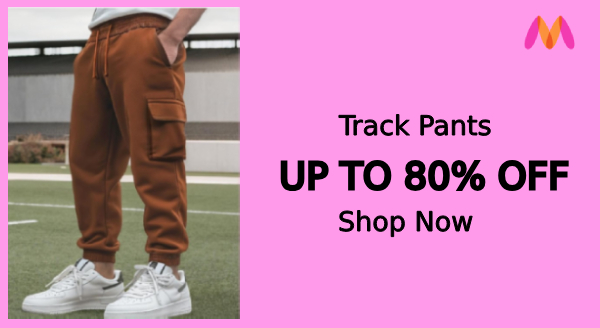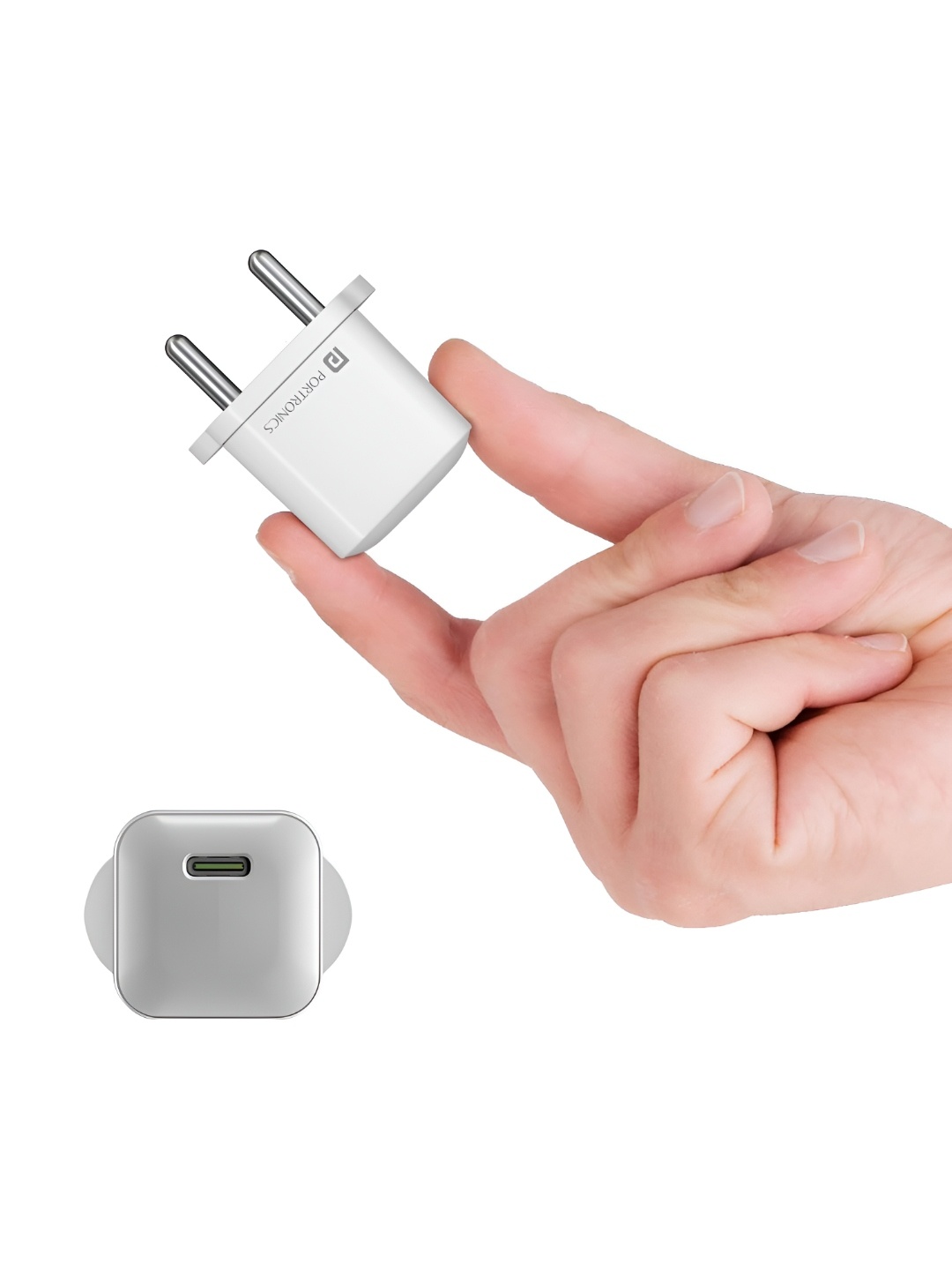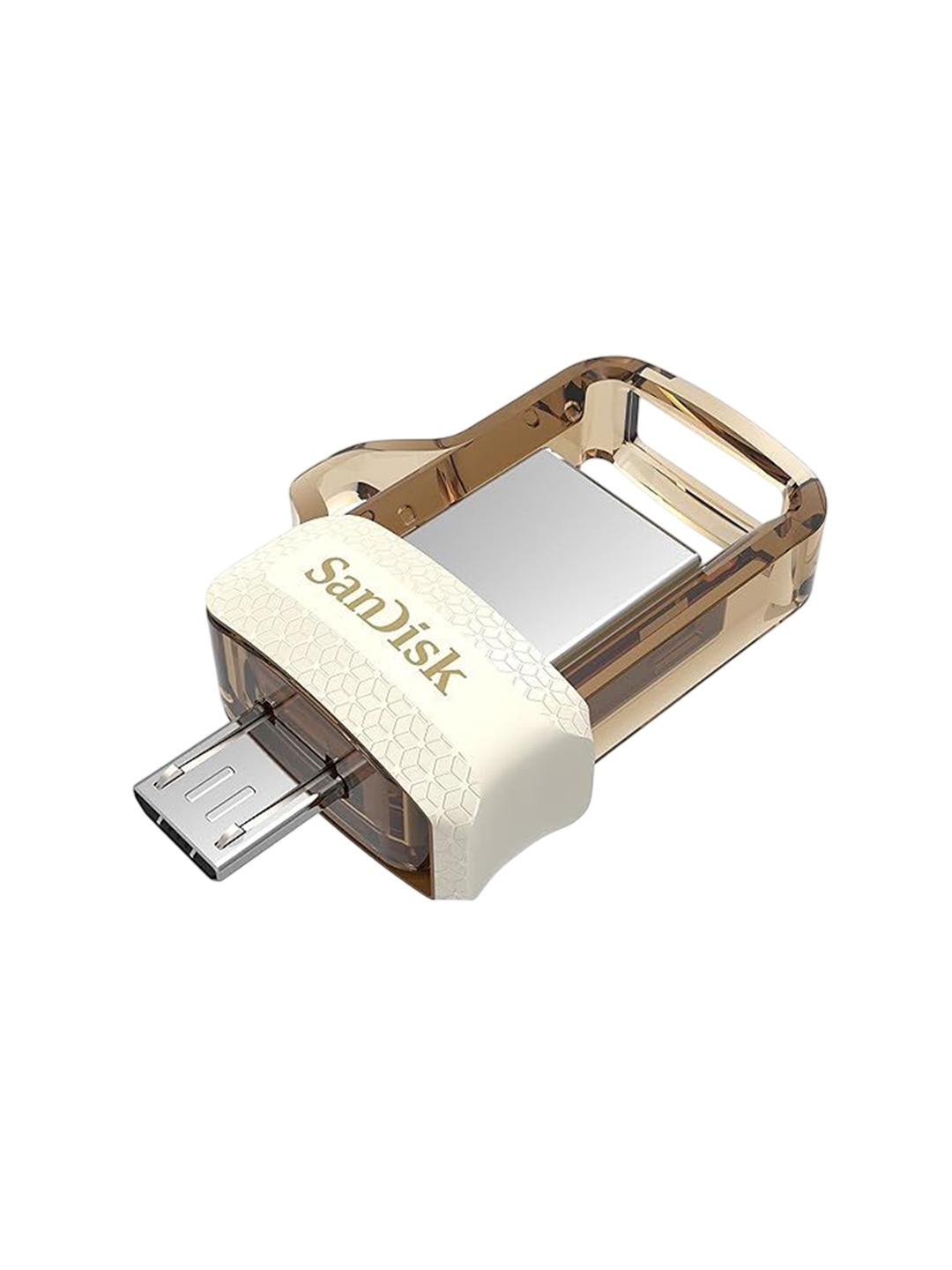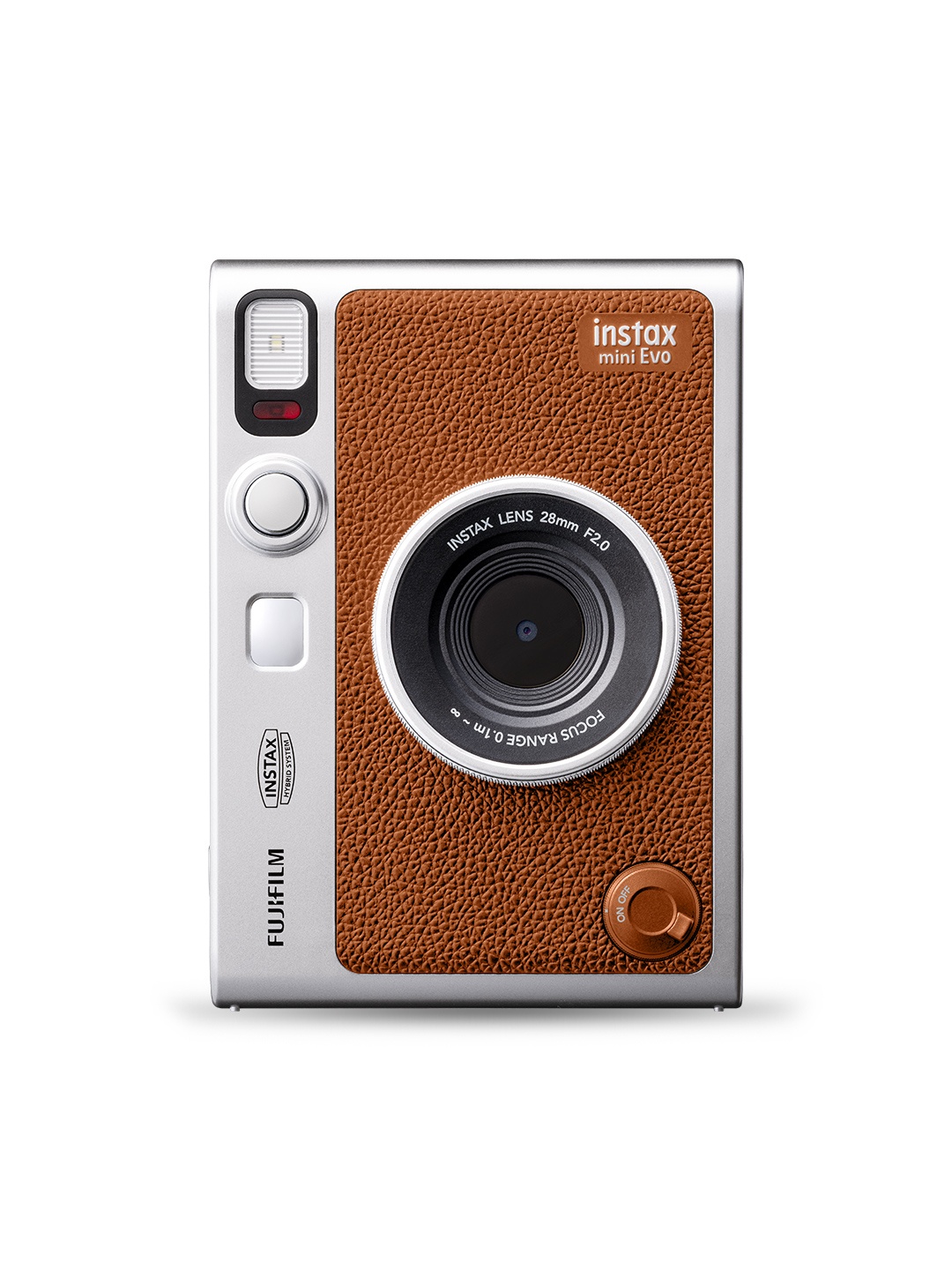Speed Sabotage? Learn If Your Running Shoes Are Holding You Back And How To Optimize
Buying the flashiest pair of running shoes does not always mean buying the right ones. If you have been slogging through your morning jogs, this is how that trendy pair could be holding you back and what to do about it.

Unlock Your Pace: Identify Why Your Running Shoes Might Be Limiting You And What To Do
There's something deeply satisfying about lacing up a fresh pair of running shoes. The crisp feel of new soles, the bounce underfoot, the quiet promise of renewed commitment to health. For many, it's the start of a new habit or the continuation of a cherished routine. But what if that gleaming pair in the shoe rack is doing more harm than good?
Running is often seen as the simplest form of exercise, just wear your shoes and go. But the truth is far more layered. The shoes you pick aren't just a fashion statement or a fitness accessory; they directly influence how your feet strike the ground, how your knees respond, and how your whole body copes with impact. And if the wrong choice is made, they can do a better job of slowing you down than propelling you forward.

Are Your Shoes Hurting? Discover Why Your Current Running Footwear Might Be Slowing Progress; Photo Credit: Pexels
1. Looks Can Be Deceptive
A sleek design and flashy colours are often the first things that catch the eye. Shoe companies spend crores on designing footwear that looks good on Instagram. But beauty, as they say, is only sole-deep.
Just because a pair of shoes appears 'professional' or is endorsed by a cricket legend doesn't mean it's meant for your gait. Fashion-forward sneakers often prioritise aesthetics over biomechanics. That fancy mesh upper and neon detailing might be hiding poor arch support or inadequate cushioning.
For instance, imagine buying a ₹10,000 pair because it matched your tracksuit, only to end up with shin splints a week later. Not ideal. A good running shoe should feel like an extension of your foot, not a burden to it. It should adapt to your movements, not restrict them. So before you go chasing style, pause and think: are these shoes meant for running, or just strutting?
2. Wrong Fit, Right Price? Think Again
Shoe shopping can be oddly emotional. A discount tag, a pushy salesperson, or just the thrill of owning a big brand can sway decisions. But if the shoe doesn't fit right, even a ₹12,000 deal isn't a deal, it's an expensive mistake.
Running shoes are meant to hug the foot, not choke it. A size too tight, and you're risking blackened toenails and bruises. Too loose, and you're looking at blisters and zero stability. The problem? Many people assume their ‘normal size' applies across all brands. In reality, a UK 8 in one company could feel like a UK 7.5 in another.
And then there's the issue of width. Broad feet crammed into narrow shoes spell disaster. To avoid this, always try both shoes on, walk around the store, and if possible, do a little jog on the spot. Your feet deserve the right fit, never compromise.
3. Your Running Style Isn't the Same as Your Friend's
It's easy to take shoe recommendations from friends or fitness influencers. “This brand changed my life,” someone might say. But the truth is, every runner's style is unique, much like their fingerprint.
Some people are heel strikers, others land on their midfoot. Some have high arches, while others are flat-footed. The shoes that support one runner perfectly might mess up another's natural form. For example, a high-arched runner in a flat, unsupportive shoe might develop knee pain within days.
The best way to find your match is to understand your gait. Many specialty stores offer gait analysis, often free if you buy shoes from them. Spending a few minutes on a treadmill and letting a trained eye analyse your posture can be a game-changer. Knowing your style helps avoid injury and improves performance, something a social media endorsement can't guarantee.
4. You're Still Running in Worn-Out Shoes
Most people don't realise that running shoes have a shelf life, not in years, but in kilometres. Typically, shoes need replacing every 500 to 800 km, depending on how and where you run. That might sound like a lot, but if you run 5 km five times a week, you'll hit that in just six months.
The soles might look fine to the eye, but the internal cushioning and support structures start degrading silently. It's like using an old mattress, looks okay until your back starts hurting.
Yet, many continue running in worn-out shoes because they 'still look new'. If your knees have started to ache without any changes in training, or if your ankles feel wobbly post-run, it might be your shoes crying for retirement.
Keep a log of your runs. A small diary or an app can help track the distance and remind you when it's time for a new pair. Your knees will thank you.

Beyond The Bling: Understand How The Wrong Running Shoes Are Reducing Your True Performance; Photo Credit: Pexels
5. You Bought Trail Shoes for Road Running (Or Vice Versa)
Running is running, right? Not quite. The surface you're running on changes everything, from how your foot lands to how your shoe should respond.
Trail shoes are designed for rugged terrain. They're heavier, have better grip, and often a stiffer sole. Perfect for rocky hills or forest paths. But take those same shoes to a concrete pavement and they'll feel like you're wearing bricks.
On the flip side, road running shoes are lightweight and flexible. Take them to a hilly trek in Coorg and you'll feel every rock under your foot, and not in a good way.
Choosing the wrong shoe for your running surface is like wearing chappals to a wedding. Technically allowed, but utterly inappropriate. So whether you're sticking to your local park or planning to tackle uneven trails, make sure your shoes are designed for that exact purpose.
6. Not Replacing Insoles? That's Like Wearing Dirty Socks
Insoles are the unsung heroes of comfort. Over time, even the best ones lose their cushioning and shape. If your runs are starting to feel rough, and your shoes still have life left in them, check your insoles first.
A fresh pair of insoles can rejuvenate your shoes. Whether it's memory foam, gel-based, or custom orthotics, this tiny upgrade can make a massive difference. For those who pronate (roll their feet inward while running), supportive insoles can prevent injury.
Also, let's be honest, insoles absorb a lot of sweat. And in our humid climate, things can get musty real quick. Changing them not only supports your feet but also spares your nose.
Most sports shops sell replacement insoles for ₹300–₹1000. It's a small price to pay for comfort and hygiene.

Are Your Running Shoes Hurting Your Performance? Here Is How To Choose The Right Pair; Photo Credit: Pexels
7. Overengineering is Not Always Better
These days, shoes come loaded with tech: carbon plates, anti-pronation bars, memory soles, and buzzword after buzzword. While some features genuinely help elite athletes, most casual runners don't need half the bells and whistles.
A shoe packed with layers of tech can end up being too stiff, too heavy, or too complex. It might even interfere with your natural stride. Think of it like driving a sports car in a crowded street, it sounds cool, but the performance doesn't translate.
Before getting tempted by ads that claim “record-breaking times”, ask yourself: what do you need? If you're running 3 km every evening around your colony, a lightweight, well-cushioned shoe will serve better than a ₹25,000 space-age monster designed for marathons. Simplicity often wins.
8. Ignoring Foot Pain Isn't Heroic
That dull ache near the arch? The tingling in your heel post-run? They're not badges of honour. They're early warning signs.
Too many runners ignore foot pain, assuming it'll disappear with rest. But in most cases, it only gets worse if the root cause, often improper footwear, isn't addressed.
Plantar fasciitis, Achilles tendonitis, stress fractures... it's a long and painful list. The good news? The right shoes can prevent many of these problems. The bad news? Ignoring your body's signals can take you off the road for weeks, if not months.
Don't wait till a ₹500 issue turns into a ₹5000 doctor's visit. Nip it in the bud. Your feet aren't invincible, but they are incredibly loyal, if treated right.

Are Your Running Shoes Hurting Your Performance? Here Is How To Choose The Right Pair; Photo Credit: Pexels
9. Socks Matter More Than You Think
It might sound silly, but the best shoes in the world can't save you from poor sock choices. Cotton socks soak up sweat and stay damp, leading to chafing and blisters. It's like running with wet towels on your feet.
Instead, opt for moisture-wicking materials, nylon blends or athletic socks. They reduce friction, stay dry, and let your shoes function as intended.
Also, pay attention to the seams. Thick seams around the toes can irritate longer runs. Investing ₹200–₹500 in good running socks can feel indulgent, but once you try them, it's hard to go back.
Don't let socks be the weakest link in your running setup.
10. You're Not Listening to Your Feet
Ultimately, shoes are just tools. Your feet are the ones doing the work, and they always communicate. If your runs feel sluggish, painful or awkward, tune in.
Is there more pressure on one side? Do you land heavily? Do your shoes feel like cushions or like concrete slabs? Listening closely to these signals can guide better choices.
Sometimes, even after trying everything, the issue isn't the shoe, but how you're using them. Maybe a small tweak in stride, a warm-up routine, or switching between two pairs of shoes on alternate days could work wonders.
Your feet carry your weight, your pace, and your ambitions. Pay them the respect they deserve.
Products Related To This Article
1. BRUTON Lite Sports Shoes Running Shoes For Men
2. BERSACHE Bersache Sports Shoes For Women|Black For Running, Walking ,gym and hiking Shoes Running Shoes For Men
3. Asian wndr-13 sports shoes for men
4. Asian Future-01 Grey Walking/Training/,Sports/Casual running shoes For Men
5. RAVDI Fashion Lightweight Lace Up Mesh Sneaker Casual Walking Men Sports Running Shoes Sneakers For Men
6. Sparx SM 884 Running Shoes For Men
7. HRX by Hrithik Roshan HRX-257 03 Running Shoes For Men
Running is personal. It's more than just clocking kilometres or burning calories; it's about feeling free, capable, and alive. But that feeling can fade quickly if your shoes are working against you.
In a world full of flashy sports gear and marketing overload, finding the right pair isn't just smart, it's essential. By tuning into your body, understanding your running style, and refusing to compromise on fit and comfort, you're not just fixing a problem. You're unlocking your best run yet.
And who knows, once your shoes start working with you instead of against you, you might just find yourself smiling at kilometre number ten. Shop Now On Flipkart
Disclaimer: The images used in this article are for illustration purpose only. They may not be an exact representation of the products, categories and brands listed in this article.






















